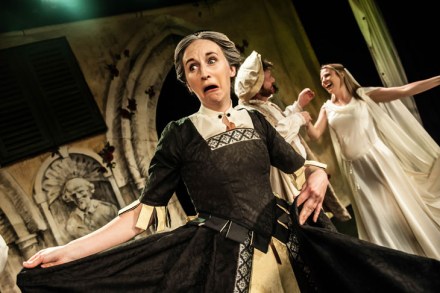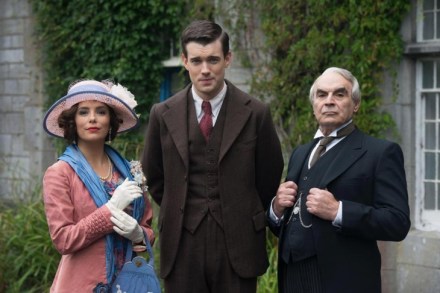Boozy bard
Even the Bard’s staunchest fans admit that ‘Shakespeare comedy’ may be an oxymoron. That’s the assumption of the touring company Shit-Faced Shakespeare, which produces the plays as adventures in boozy slapstick. The audience is encouraged to swig along too. I saw their hooch-assisted Much Ado. The colourful costumes looked a bit am-dram, perhaps deliberately, and the stage was decorated with cheap flapping drapes on which gargoyles, arches and other medieval devices had been painted. Enter a larky compère in puffy breeches carrying a horn. ‘PARP PARP’. He announced that a member of the cast had just consumed two beers and half a litre of gin in the dressing room. Which




















